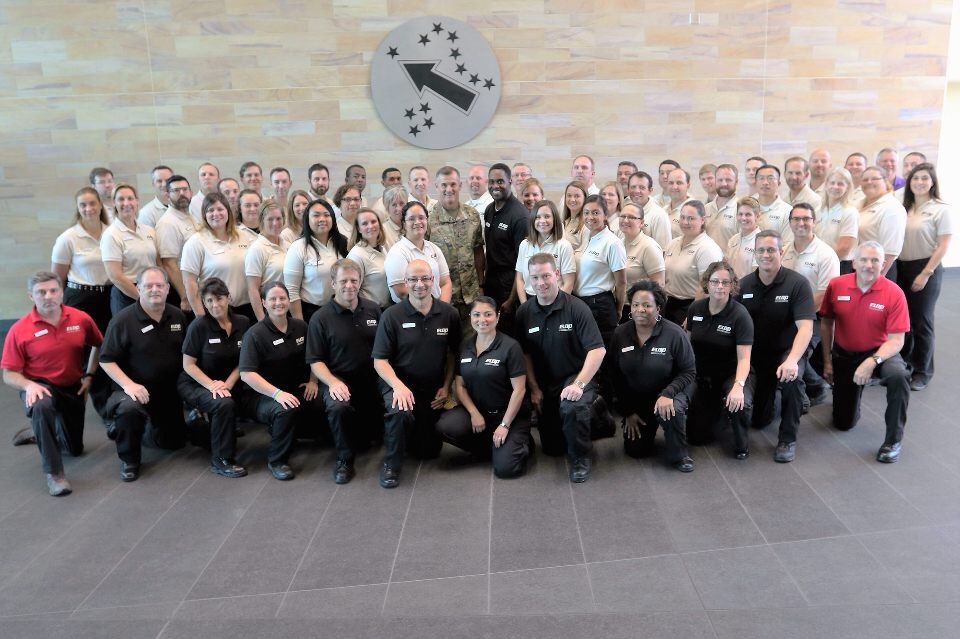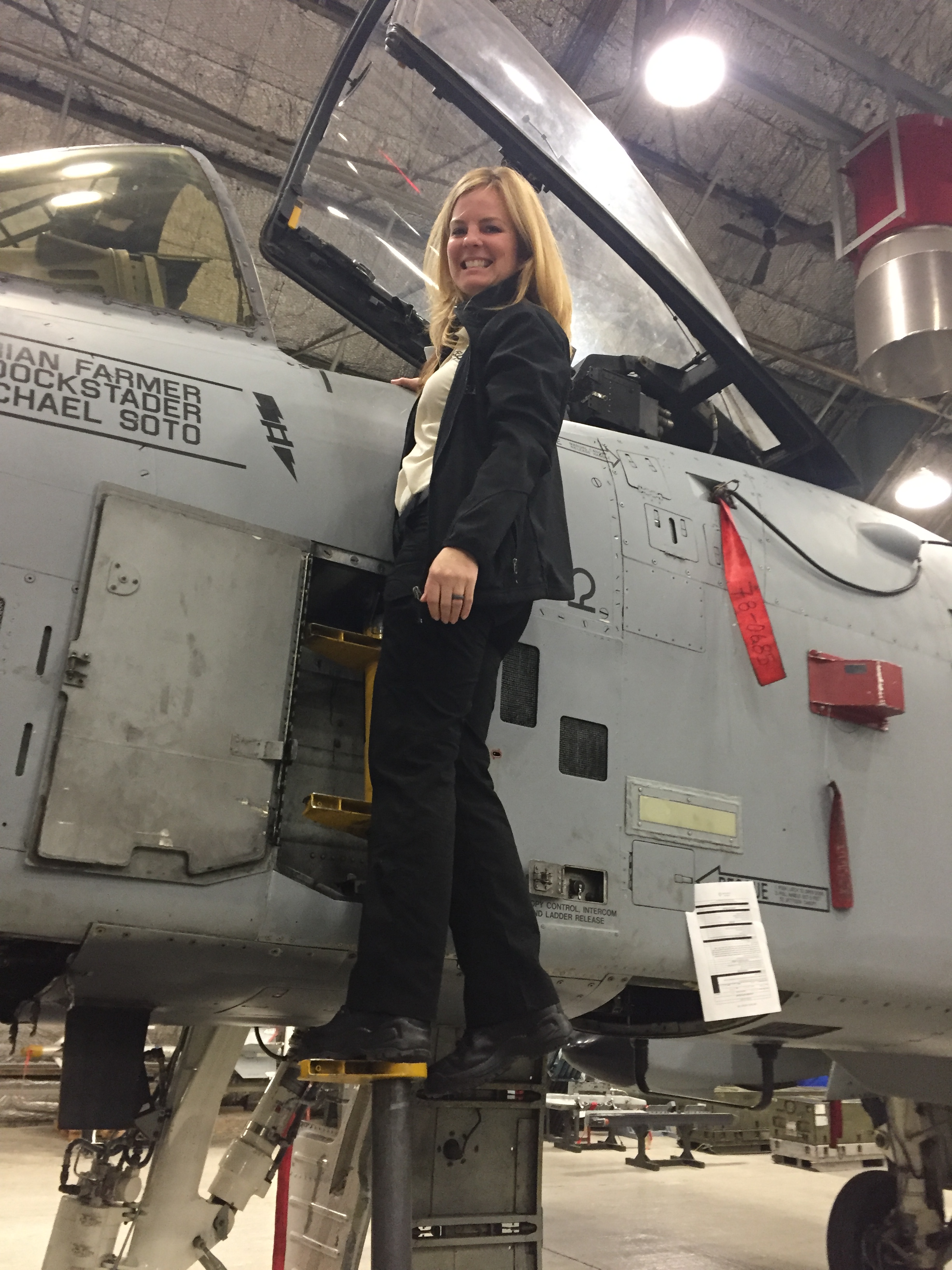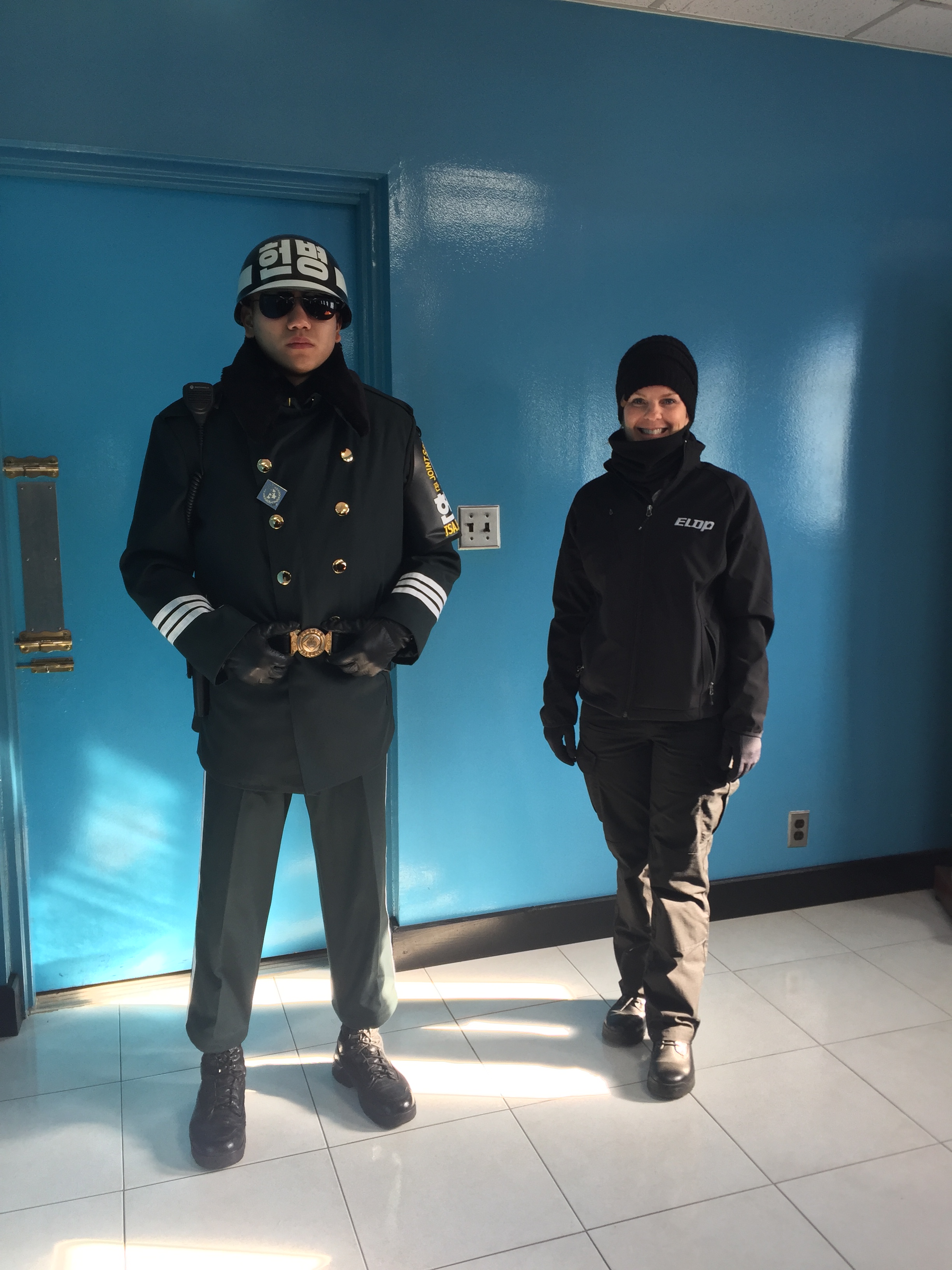
By Tara Clements
More than a month after returning from our first TDY deployment to Korea and Hawaii with the DOD Executive Leadership Development Program (ELDP), I pulled out my journal to review my notes. It’s astounding to revisit the ground and content our cohort covered in two short weeks. The trip was intense—a tight schedule, long hours and tedious travel across multiple time zones. It also provided exclusive access to general officers and members of the Senior Executive Service, and a behind-the-scenes look at the warfighter’s environment that helped all of us better understand DOD’s purpose in the Pacific.
It also gave me context around some of the “Beltway buzz”—terms like “multidomain battle” and “pivot to the Pacific.” For me, those terms now carry a better understanding. I had the opportunity to hear from a general officer on what multidomain battle means in his operating environment; spoke with the service members stationed at the Demilitarized Zone and Soldiers at a live-fire range; watched as an airman responded to a crisis in an operations center; experienced the leader reaction course with a few Marines; and so much more.

The Air Force provided our cohort with an up-close look at this F-16 Fighting Falcon and an A-10 Thunderbolt during a visit to Osan Air Base, South Korea, in November. (Photo courtesy of author)
I’m a member of the 32nd ELDP cohort—a competitively selected leader development program focused on structured experiential learning opportunities with the warfighter. I feel very fortunate to have this opportunity, and to educate and encourage others to apply I’m writing about my experiences after each TDY deployment. If you missed the first post, I invite you to take a few minutes to read it, to get to know me and the program a little better.
LEADERSHIP LESSONS FROM THE PACIFIC
Each of the ELDP’s TDY assignments builds on the other, resulting in a curriculum that combines both classroom and experiential learning. After everything I saw, heard and experienced during the trip to Korea and Hawaii, here are my top three leadership lessons:
1. Know history and make a point to read.
2. Be sure there are actions behind your words.
3. Have a strong sense of purpose that includes “the why.”
Now armed with a better understanding of Korea’s history, I have so much more appreciation for its culture and the dramatic economic changes in South Korea in the last 20 years—more than I gained after living there for two years in the ’90s! Our cohort had the opportunity to learn about the country’s rich history from subject matter experts who briefed us and accompanied us on a few site visits. ELDP senior leaders were quick to emphasize the importance of understanding a country’s history and its critical role in building relationships.

I had the opportunity to visit a piece of Korea’s history at the Gyeongbokgung Palace, established in Seoul in 1395, and met some fellow visitors. After learning more about Korea’s rich history, I have a greater appreciation for the country’s culture and the economic improvements South Korea has made in a short period of time. (Photo courtesy of author)
I understand the importance of relationships. But I didn’t realize how a knowledge of history could influence relationships and even predict the future. This first lesson is the main reason a book on Andrew Jackson currently resides on my nightstand.
The second lesson seems pretty straightforward, but here’s why it resonates with me: As leaders, we must be mindful that our followers will emulate our behaviors. A leader’s actions are extremely influential in building trust and confidence. If there are no actions behind the words, the message can become diluted. For example, if a leader tells folks to take leave but never takes leave himself, the people on his team might not feel like that’s an option. But when a senior leader makes a point to take her leave to recharge and spend time with family, it sets the conditions for others to do the same. I heard this example from a senior leader in Hawaii, and it brought to mind an assignment in an organization where it almost felt like a crime to take leave, even for just a few days, which later resulted in complete burnout.
One of the concepts discussed during an ELDP session in October was about getting away from focusing on “what” has to be done and communicating “why” it’s important. Taking time to ensure that others understand “the why” creates buy-in and ownership, because it’s about something bigger—not just the task.
In both Korea and Hawaii, I was able to observe firsthand how a strong sense of purpose—a very clear and simple vision that addresses the why—established at the strategic level filtered down to the tactical level in a joint environment. There was a common understanding and everyone knew where they fit. Seeing that in action was powerful.

During our visit to the Demilitarized Zone (DMZ), we had the opportunity to see the Military Demarcation Line (MDL), the land border between North Korea and South Korea. On either side of the line is the Korean DMZ. The MDL and DMZ were established by the armistice that ended fighting in the Korean War in 1953. (Photo courtesy of author)
INTERESTED?
If you’re thinking that some of this is a bit vague, it’s meant to be, and for good reason. Not all TDYs in the ELDP are the same from year to year, some of the briefings are classified and those who take the time to meet with us are not expecting to be quoted in a follow-on blog post. What I hope this does is give you a little insight into my takeaways from my first TDY deployment experience. If it sparks your interest in getting involved, now is the time to start the application process. For my Army colleagues looking for more information on how to apply, I encourage you to visit the Senior Enterprise Talent Management website.
Look for a new post on my next adventure in late February.
Subscribe to Army AL&T News, the premier online news source for the Acquisition, Logistics, and Technology (AL&T) Workforce.







